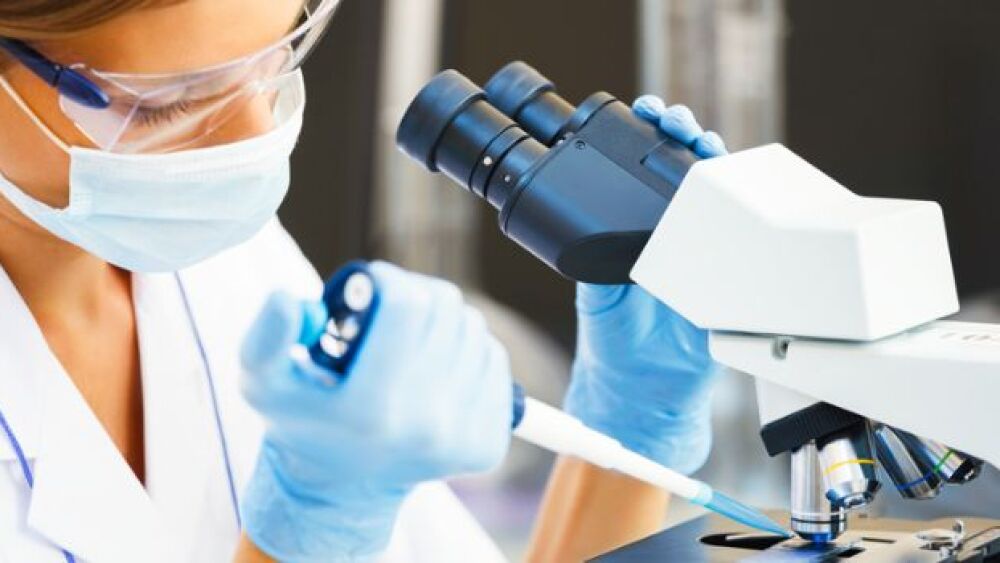Research Roundup for February 4
Autoimmune diseases are disorders where the body’s immune system starts attacking the body’s own cells and tissues. Researchers have identified an enzyme that seems to prevent that from happening. Here’s a look at that and more research stories.
An Enzyme that Prevents Autoimmune Conditions
Researchers at the Walter and Eliza Hall Institute have identified an enzyme that appears to prevent autoimmune diseases. The enzyme is found in the thymus and is vital for Immune T cells to correctly identify threats, preventing the T cells from attacking healthy tissues and cells. The enzyme, KAT7, activates thousands of genes need for “training” immune T cells not to attack healthy cells. Typical autoimmune disorders include type 1 diabetes and multiple sclerosis. The Autoimmune Regulator (AIRE) protein activated the thousands of genes needed to prepare the T cells, but until now, it wasn’t well understood how AIRE knew which genes to turn on. The research was published in Science Immunology.
“Like a training coordinator, KAT7 directs AIRE to the thousands of genes that must be activated for the ‘boot camp’ to run smoothly,” said Melanie Heinlein, former WEHI Ph.D. student, first author of the study. “KAT7 does this by tagging the genes that AIRE needs to ‘switch on’ for the preview of the body’s proteins to work. When all goes to plan, immune T cells are trained not to fight any normal tissues they could encounter in the body, ensuring they do not cause autoimmune disease.”
Heinlein was working with Associate Professor Tim Thomas and Associate Professor Daniel Gray in collaboration with researchers at Monash University and the Weizmann Institute of Science in Israel. Using a KAT7 inhibitor developed with Monash’s Jonathan Baell, they stopped AIRE from turning on genes necessary to train T cells. This caused the immune system to spin up, leading to immune T cells “going rogue” and causing autoimmune conditions in laboratory studies. They believe this will provide new approaches to developing therapies against autoimmune diseases, using KAT7 as a target.
Molecular Traps for SARS-CoV-2
A team of researchers at the University of California - Riverside developed nanoparticles that act as molecular traps targeting SARS-CoV-2, the virus that causes COVID-19. The traps bind to the virus, preventing it from attacking macrophages. Macrophages are frontline immune cells that recognize and swallow viruses and produce cytokines. The resulting cytokine storm can cause tissue damage and dangerous inflammation. Inflamed macrophages can infiltrate different tissues, which can cause myocarditis (heart inflammation). The virus binds to the engineered Liposome-hACE2 nanoparticles on the surface of liposomes, preventing it from causing macrophage-mediated inflammation. They are also studying the particles to see if they can carry drugs into tissues. The molecular traps inhibited SARS-CoV-2 Spike protein-induced macrophage infiltration in the lung and heart, which suppressed lung and cardiac inflammation in humans and mice.
An Oral RNA Vaccine?
As about a billion people around the planet already know, the mRNA vaccines against COVID-19 by Moderna and Pfizer-BioNTech are injections. They have to be. But researchers at the Massachusetts Institute of Technology (MIT) have developed a possible way to deliver RNA in a swallowable capsule.
In addition to potentially making vaccines such as those against COVID-19 easier to take, they may have applications for future DNA or RNA therapeutics that can be delivered directly to the digestive tract. They demonstrated that the capsule could deliver up to 150 micrograms of RNA, the amount used in the COVID-19 vaccines, into the stomach of pigs.
The pill is about the size of a blueberry and, they say, has a steep dome inspired by the leopard tortoise. The same way the leopard tortoise can right itself if it rolls onto its back, the capsules can move in a way that its contents can be injected into the stomach lining. And because RNA can be easily degraded in the body, the MIT group leveraged a new type of polymeric nanoparticles, which were better at protecting nucleic acids.
How DNA-Binding Proteins Search the Entire Genome
Scientists at Uppsala University demonstrated how a DNA-binding protein searches the entire genome for its target sequence without any hesitation along the way — sort of. DNA-binding proteins regulate protein production. The genome is very constant throughout an organism’s life, but which proteins are produced change in response to damage, environmental changes or stages in the reproductive cycle. DNA-binding proteins have to act quickly to identify the correct DNA code among millions of base pairs.
Traditionally, these proteins were thought to slide quickly along the DNA helix and when they find the correct sequence, they stay there and don’t move any further. The problem is that there are typically numerous “almost correct” sequences and if that’s how the DNA-protein binding process worked, the proteins would hesitate and get stuck on off-target areas. What they found, in working with the Lacl DNA-binding protein, was that they don’t just stop and stay, they can make quick trips to similar target sequences and back again. But it’s so fast that it tends to look like a stable interaction.
Gene Variants Associated with Critically Ill COVID-19 Patients
Research out of the Medical College of Georgia at Augusta University identified a handful of rare structural gene variants in severely ill COVID-19 patients that may explain why they are more susceptible to the disease. The research team used optical genome mapping to obtain a three-dimensional assessment of the genome of 52 severely ill COVID-19 patients. In nine of the sickest patients they found, seven rare structural variants that affect 31 genes involved in central pathways that mediate the response between a host and a virus. These genes involve innate immunity, the inflammatory response, and the ability of a virus to replicate and spread. As an example, one variant results in overexpression of keratin genes, which are proteins that make up things like hair and fingernails but are also key to the transmission of flu viruses and SARS-CoV-2.
“Millions of people get infected, and fortunately only a very small percentage become symptomatic, and a very small percentage of the symptomatic individuals require oxygen and a small percentage of those individuals are hospitalized and die,” said Dr. Ravindra Kolhe, Director of the Georgia Esoteric and Molecular Laboratory at the Medical College of Georgia at Augusta.





